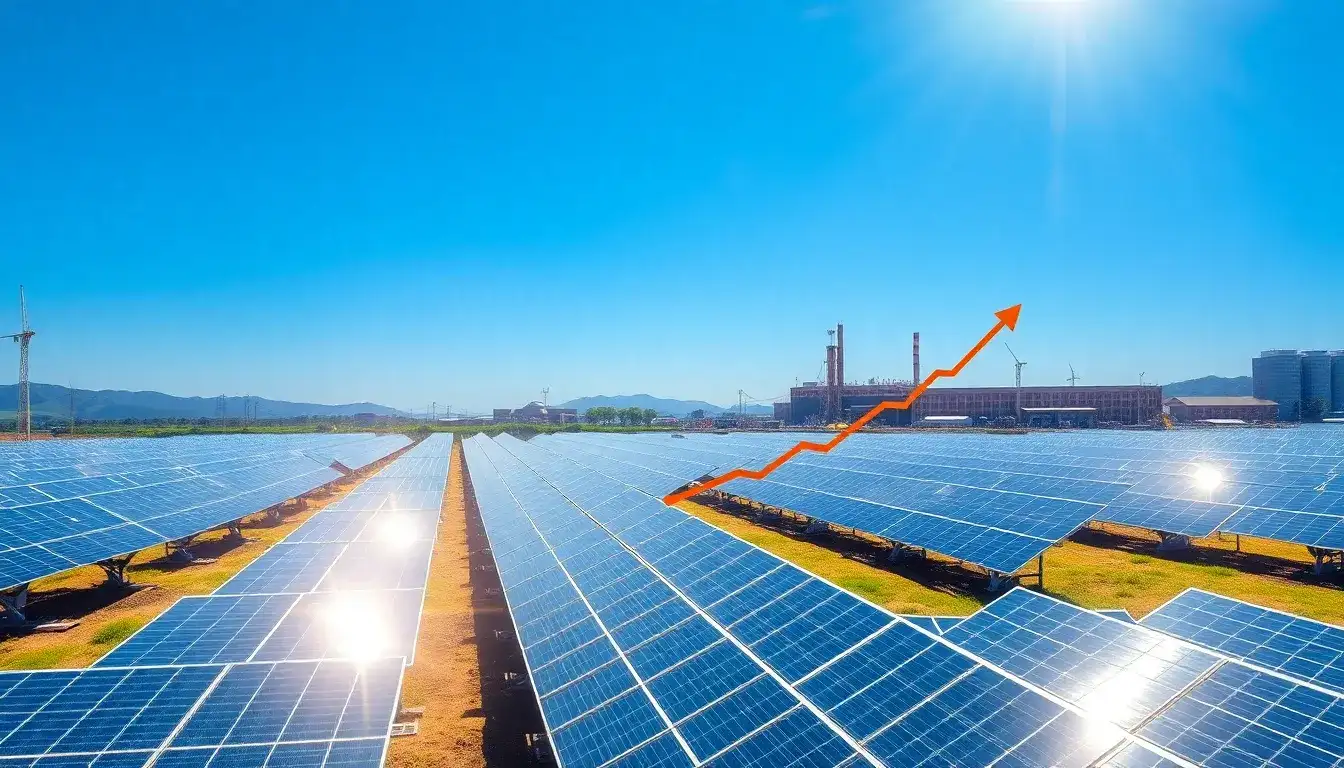
According to the latest survey by TrendForce, driven by a surge in installations in China, it is anticipated that prices across the photovoltaic (PV) industry chain will collectively rise in the second quarter of 2025. This increase is expected to coincide with a slight peak in demand during March and April 2025, as the supply of components tightens due to increased overall demand from supportive government policies.
In late January and early February 2025, China announced new regulations related to the pricing of PV power generation and renewable energy. Under these regulations, projects connected to the grid after May 31 will no longer enjoy fixed electricity purchase prices; instead, prices will be determined by market supply and demand. This change has triggered a “rush for installation,” particularly in distributed PV projects, which are projected to hit their peak installation capacity in the second quarter.
The PV industry is maintaining self-discipline, and with the stimulus from China’s “531 New Policy,” downstream demand has rapidly rebounded. In recent months, many polysilicon manufacturers have kept their operating rates low, and there are no immediate signs of production increases. This trend is expected to continue into the second quarter, potentially pushing silicone material prices up to 45 RMB per kilogram.
However, demand for installations is expected to significantly taper off in the third quarter, and with electricity costs constituting approximately 30% of the production costs for raw materials, manufacturers may increase their production rates to take advantage of lower electricity costs during the abundant water period. This could lead to overcapacity and subsequently impact prices.
TrendForce indicates that the rush for installations in distributed projects, coupled with recovering demand in other regional markets, will keep overall silicon wafer demand optimistic in the second quarter. With leading companies banding together to raise prices and maintaining disciplined production, silicon wafer prices are expected to continue increasing, particularly for the 210R-N type (N-type G12R monocrystalline silicon wafer), which is projected to see a monthly price increase of over 3.5% in April.
The supply-demand dynamics for silicon wafers are expected to stabilize in the second quarter, but after the peak installation period in the third quarter, demand is likely to decline, potentially leading to a decrease in wafer prices, which will ultimately depend on overall production levels.
In the battery segment, prices are poised to rise in line with the successful price increases for downstream components. Currently, battery inventory levels are healthy, and production increases are primarily concentrated among leading companies, which should support price stability. In April, M10L TOPCon and G12 TOPCon prices are expected to see monthly increases of nearly 1.7% and 6.67%, respectively.
As the influence of component prices trickles down, battery prices are likely to be affected first, with possible changes in the upward trend by May. It is anticipated that battery prices will continue to decline in the third quarter due to internal competition.
TrendForce further notes that the rush for installations in distributed projects has significantly increased component demand, leading distributors to stockpile products. Major component suppliers have raised their prices multiple times, with current high prices reaching 0.73 RMB per watt, while the average price stands at 0.7 RMB per watt, providing ongoing price support. Demand remains stable in other regional markets, and traders in certain countries, such as Pakistan, have increased their purchases due to concerns about the impact of the installation rush in China.
As the installation rush for distributed projects comes to an end toward the end of the second quarter, demand is expected to decline, and it is anticipated that in the third quarter, due to intense market competition, component prices may return to the level of 0.7 RMB per watt.







